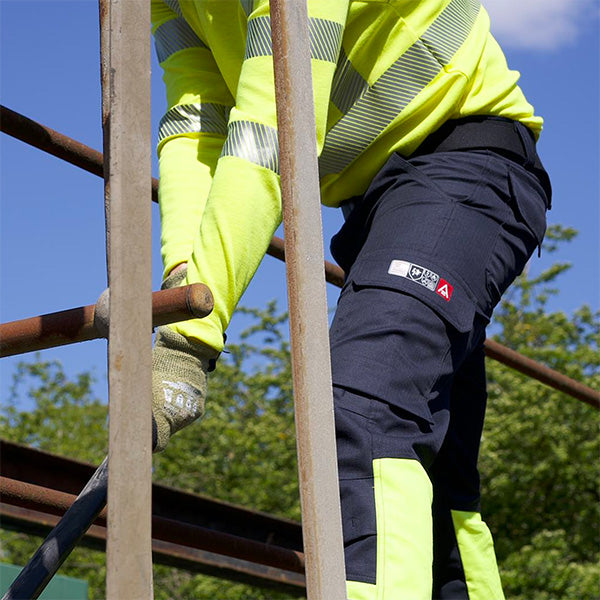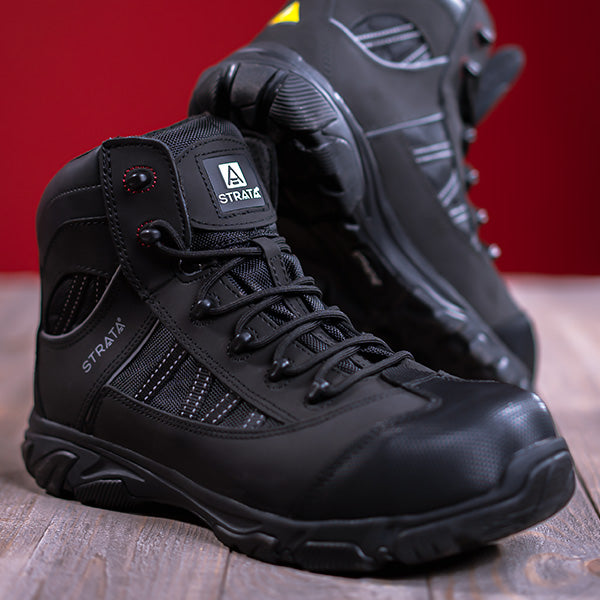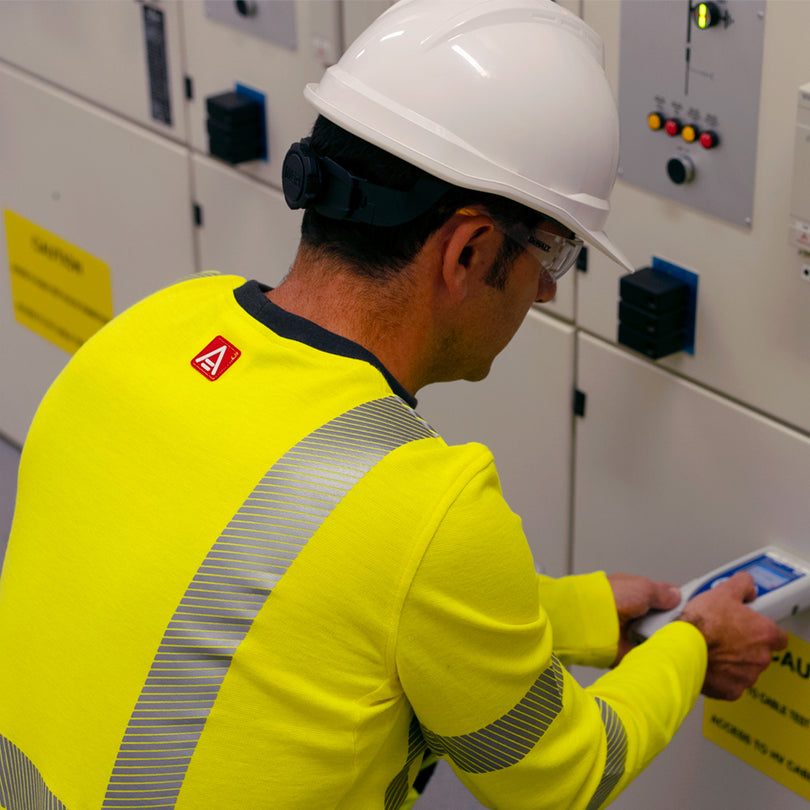EN 343: Foul Weather Protection
EN 343 is a European standard that sets the requirements for protective clothing designed to provide foul weather protection. This standard ensures that garments offer reliable protection against rain, wind, and other adverse weather conditions. The purpose of EN 343 is to keep workers comfortable and safe in challenging outdoor environments.
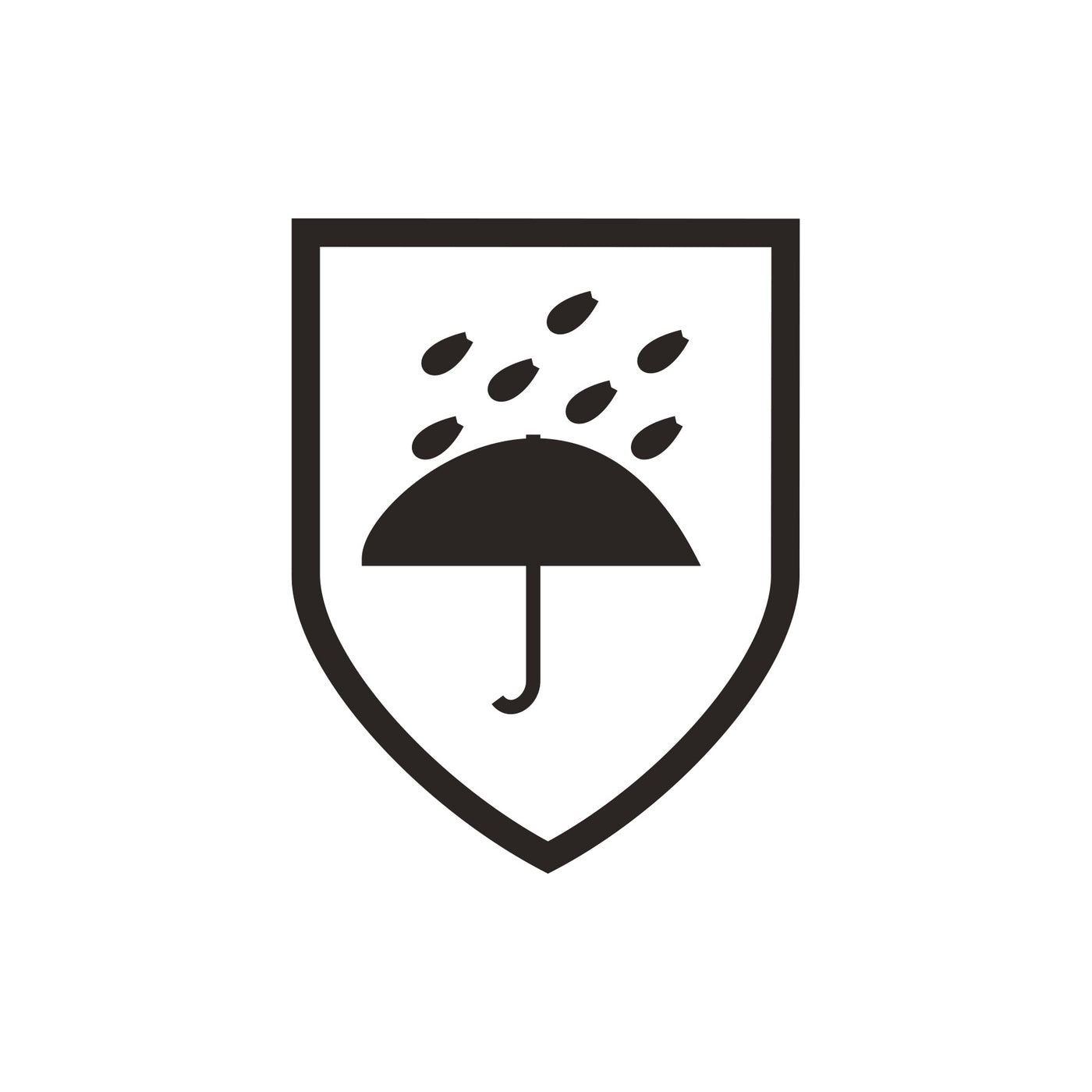
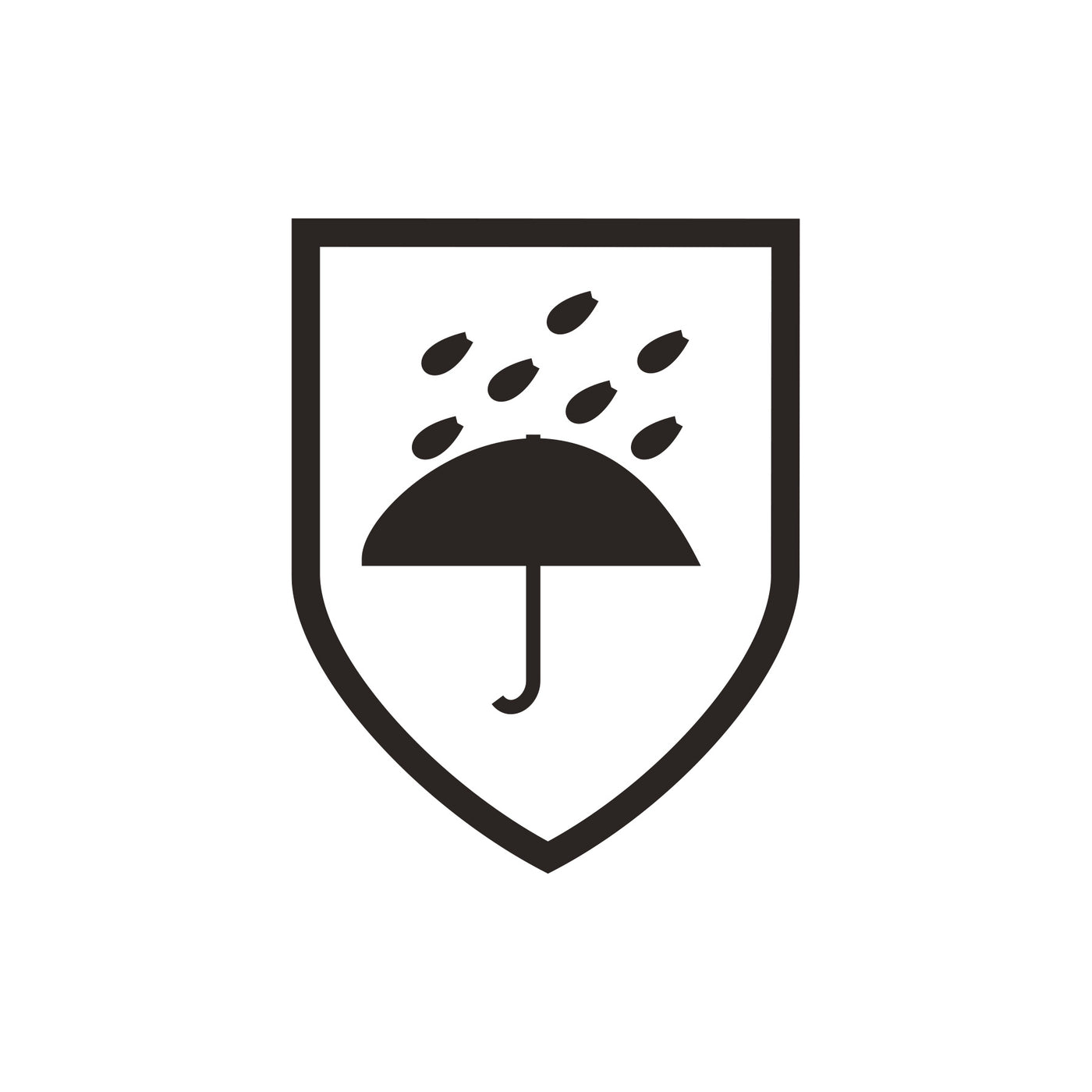
Scope
EN 343 covers a wide range of protective clothing, including jackets, trousers, and full-body suits. It focuses on the performance of garments in terms of their resistance to water penetration (waterproofness) and the ability to allow moisture vapor (breathability) to escape.
Water Penetration
The standard measures the resistance of garments to water penetration through two parameters:
Water resistance (X): The garment's ability to resist water penetration under hydrostatic pressure. The higher the rating, the more waterproof the garment.
Water Vapour resistance (Y): The garment's ability to allow moisture vapour to escape, preventing the buildup of sweat and condensation inside the garment. The higher the rating, the more breathable the garment.
Testing Methods
EN 343 employs specific testing methods to evaluate the water penetration resistance and breathability of protective clothing. These tests involve subjecting the garment to controlled water pressure and measuring its performance.
Performance Levels
EN 343 assigns performance levels to garments based on their water resistance (X) and water vapour resistance (Y). The levels range from 1 to 3, with higher numbers indicating better performance.
Additional Requirements
In addition to water penetration and breathability, EN 343 may also specify additional requirements such as visibility (EN ISO 20471) or protection against cold (EN 14058) for garments designed for specific applications.

